PATRICK LEE-THORP
Traditional Music, Original Compositions and issues related to the protection and management of the intellectual property rights in the Mantombi Matotiyana CD, entitled 'Songs of Greeting, Healing and Heritage'.
Abstract – Managing rights in traditional music, which can also be referred to as public domain repertoire, is more complex than it appears at first glance. One of the roles of the Original Publisher of a composition is to establish the interests of different composers who might have contributed to a musical composition. How publishers decide to administer and credit traditional repertoire, can have serious consequences for cultural groups who might claim an interest in such works in the future. The rules and actions of different national Copyright Societies relating to the collection of licenses on such works is also a highly relevant element in the management process. This piece is a discussion of suggestions made to the producers of the aforementioned album in the area of crediting the music copyright.

I was approached by the producers of the Mantombi Matotiyana album, entitled Songs of Greeting, Healing and Heritage to suggest a way of crediting the traditional and new original musical works used in the recordings. My suggestions on how they should print the credits on the album sleeve were made based on experience I have in dealing with crediting music on World Music albums. The fact that the performer, who is also the composer in some cases, is based in South Africa (SA), is relevant to my suggestions, as opposed to an artist who might be based elsewhere.
In this essay I will mention some of the context in which I measure the decision to make the recommendations I did. My comments below are personal opinions and refer mainly to the SA copyright environment.
The manner in which works are credited on an album sleeve by and large determines how the licenses for the use of the works are handled by third parties using the recordings.

What rights exist?
There are different rights that reside in recorded musical works. These include the rights of the performer, the producer, the arranger, the publisher and the composer. I will restrict my comments here to the last of two of these.
The actual mechanical licenses due to the composers are paid in accordance with the rules of the copyright societies, and the statutory provisions, usually in the territory where the label resides. The performance licenses due to the composers are paid in the territory where the works are performed.
The work of the Original Publisher is perhaps the most important part of the publishing process, notably the first registration of a new work. This will establish the relationship between the creators, in the case of multiple composers of a composition, and their relationship with their collection society and any sub-publisher, in the future. The name of the composer and name and description of work will be confirmed by the Publisher, with the copyright society of the publisher. From there this information finds its way into the international data banks of musical works. See the screenshot below which shows the international IPI (Interested Party Information) numbers of some of the parties claiming an interest in a work.
In the case of a song with text it is usual to split the interests of the creator of the lyrics and the creator of the melodies equally. This is not set in stone but the original publisher would be part of establishing this relationship via a Writers Share Agreement. This document, signed by all the stake holders in the creation, sets out the proportional claims of the creators. It is these shares that are then notified to the collection society of the publisher. The publisher should, if possible, be a third party witness to the agreement between the contributing composers. This is often useful, should it come to a dispute between composers.
The act of reducing a composition to material form, represents confirming the copyright in a work. The meaning of this varies according to the statutory definitions applicable. In the digital age things have changed somewhat. I consider a work correctly published when the composer assigns the work to a publisher to represent his or her copyright.
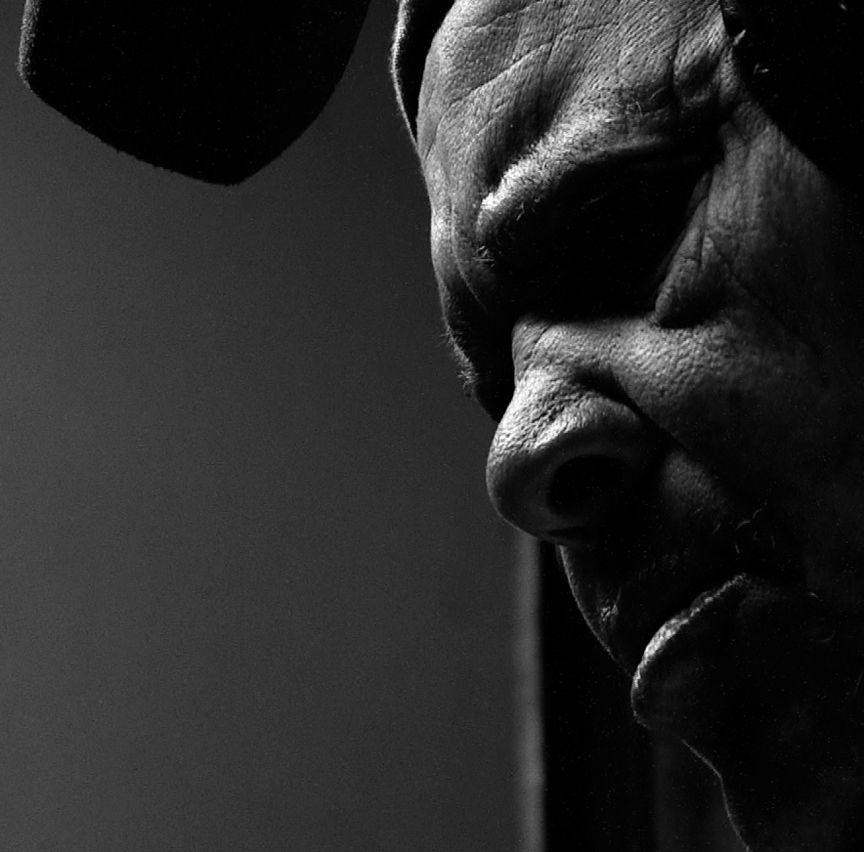
Territory.
Intellectual property rights are not universally respected nor for that matter universally defined. The definition of these rights is governed by the laws of each state, which should have their rules in line with the major international treaties on copyright. Not all countries of the world are signatories to any one treaty nor is the enforcement of copyright law effectively applied, even in the so-called first world.
In order to bring some clarity to the meaning of copyright in a particular work, it can be defined by the rules of a state nominated in the Deed of Assignment of the composition, entered into with the original publisher of the work. This deed is the first publishing contract a composer concludes for a new work. This would be with his or her first publisher (referred to above as the original publisher).
The manner of interpretation of rules, copyright society traditions, and management of copyright law in each country as represented through a copyright society, are important considerations for a composer and publisher. My firm is a member of at least two copyright societies, SACEM [1]SACEM – Societe des Auteurs, Compositeurs et Editeurs de Musique. The French copyright society. (the French society, subject to EU rules), and for historic reasons, SAMRO [2]SAMRO – The South African Music Rights Organization set up in 1961 to collect performance licenses. The entity was established by statutory enactment. It converted its status in 2013. (the South African society), for SA only.
Not only are the rules and practices of the publisher’s society relevant, but so too are those of the member society of the composer. It is incumbent upon the composer to separately seek personal membership of a collection society. This may or may not be the same society as the publisher.
In recent times South African composers have had some rather bad experiences with their local representative bodies. The longstanding mechanical collection society SARRAL [3]SARRAL – The South African Recording Rights Association Limited, a non-profit company collecting mechanical licenses, which was liquidated in 2009. went bankrupt some years ago, taking the license revenue of many composers and publishers with it.
SAMRO, who were set up as the performance license collection society have also had some rocky times of late, because of dubious investments (and losses) of what was members money. For a period of a few years SAMRO attempted to act as a mechanical collection society in addition to its performance license responsibilities. This was basically unsuccessful.
For some time SAMRO has followed a practice of not disbursing collections for public domain works (including traditional works). This may still be the case. They also refused to disburse the composer share of collections to composers who were not members of a collection society.
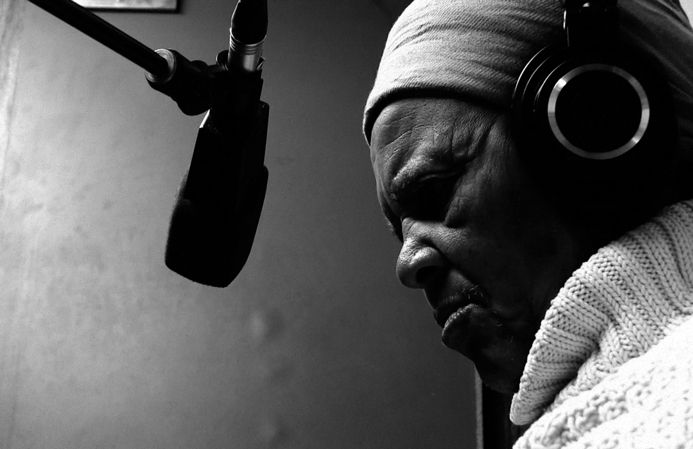
Traditional.
Licenses for public domain works are either non-existent, or much less than for the use of works that have a declared current publisher.
Different statutory provisions in different territories determine if a work is classified as public domain. In recent times some publishers have lobbied their governments to extend the period of life of the intellectual copyright in order to avoid their works migrating to the public domain. [4]https://www.rollingstone.com/music/music-news/the-beatles-love-me-do-hits-the-public-domain-in-europe-202736/
I understand a traditional work to be a work that has been handed down, in oral form, from previous generations in the way known to the griots [5]A Griot is usually a performer who in a cultural system is charged with keeping the history of the cultural group, usually in an oral form.of West Africa for example. The commercialisation of traditional culture is an international problem. It poses a moral quandry, as it confronts how all culture was transmitted in the past. At some point the work might even have been published in print or in a recorded form, acknowledging it as traditional, (credited as Trad.). In other circumstances the works remain in circulation in an “unpublished” state.
These are usually songs associated with cultural and social practices or ceremonies, such as births, weddings, circumcisions, celebrations of victory, burials and the like. These works undergo updates, as they pass down from previous generations. The melodies remain essentially the same but the lyrics might change.

Cultural appropriation.
There is a good deal of discussion, worldwide, about cultural appropriation, often in relation to the commercialisation of traditional heritage and knowledge without appropriate reference and recompense to the original indigenous groups. [6]https://www.vox.com/the-goods/2018/12/18/18146877/cultural-appropriation-awkwafina-bruno-mars-madonna-beyonce Disputes have arisen over many forms of knowledge from traditional medicines to the arts.
Modern musical creators use traditional images, text and melodies as inspiration for new works. For a music publisher this can be deep water. A composer can claim that he or she is the owner of an intellectual property and their publisher can be asked to represent the copyright in that work.
In the publishing business we have a “first past the post” practice. This implies that the music publishing world most often recognises the owner of a work by their being the first to register it in a recognised copyright society data bank. This can be revised by petition or legal action but it is costly and not easily achieved.
The difficulty faced by a publisher can be illustrated with an example of one of the works published by my firm. It is a work called NGQO NGQO NGQO by Matotiyana/ Plaatjies. Yes, it is the same Matotiyana. Almost ten years after recording and publishing the work we were told by another musician whose work we also publish, that the main melody to this song was a “traditional Xhosa bedtime song” his mother sang to him as a child.

The question then arises, were the composers acting correctly by claiming the work? In my view they were as they were also the first performers of the work on record. It is not clear from my informant which lyrics and melodies were part of his mother’s repertoire. Where the recording is performed, Mototiyana/Plaatjies would now be credited as the composers. As the first past the posts, these two composers could expect other performers of the work to credit them. By not claiming the work, no composer or cultural entity would benefit.
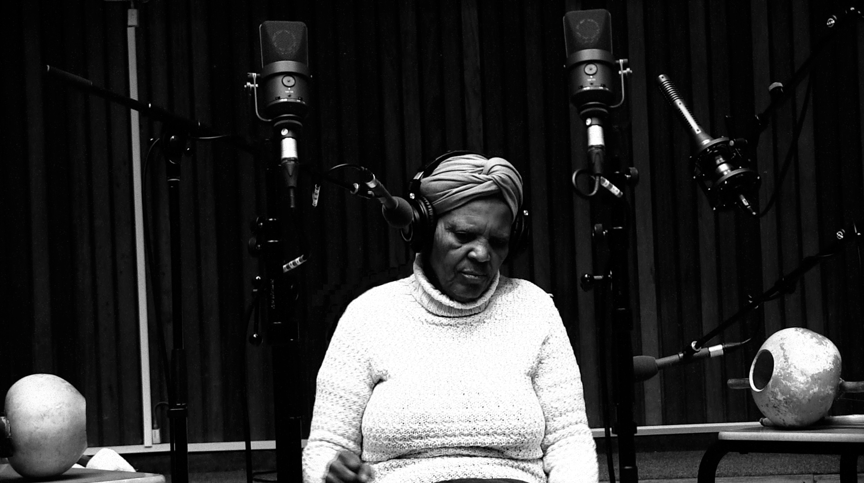
Credits.
Based partly on the context of remarks above, I suggested crediting known Mantombi Matotiyana works on the album as Copyright Control. This is a little different to the credit, Copyright Reserved.
In the case of the former, the label would have to find out who the royalty publisher was or who claimed the copyright, often after the record is released. This process used to involve the major manufacturers of records having to circulate their manufacturing lists to all known publishers who would then claim their works. This is a very imperfect system which allows for unsubstantiated claims. Many works simply fell through the net with licenses going into what are known as “black boxes” or simply not being paid. This is a particularly common fate in the case of performance licenses.
Copyright Reserved does not protect the composer from the above abuse, but with the digital data tracking of today it is possible to trace more accurately what happens to licenses that might have been paid. The credit in the album sleeve in question here does however not say exactly who reserves the copyright, though I think it implies that Matotiyana reserves these rights.
Neither of the above formulations are in any way as satisfactory as a credit of an actual publisher, on the record sleeve.
My publishing firm has published works by Mantombi Matotiyana in the past and she has recorded two of these on this new album. We discussed her claims to the new works in the new recordings. She said some of the works were her own and others were traditional melodies that she had put words to.
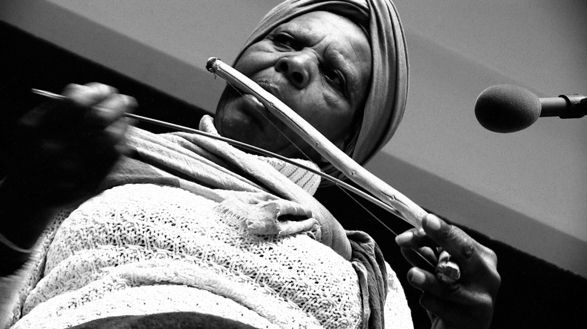
A positive step taken in the production of this album, other than that it is a valuable document for academic reference, is that in future, if the same works are used, it may be possible to credit the creators by reference to this album. Digital identification of melodies is available today.
Four of the works on the record are credited as Traditional, with lyrics by Mantombi Matotiyana. These are examples of what are known as Neo-Traditional works. I could not establish that the works were traditional songs and in the one case it is quite possible that the melody was composed by one of her collaborators, the late Shadrack Plaatjies. She however simply told me that the melodies “were from the ancestors”.
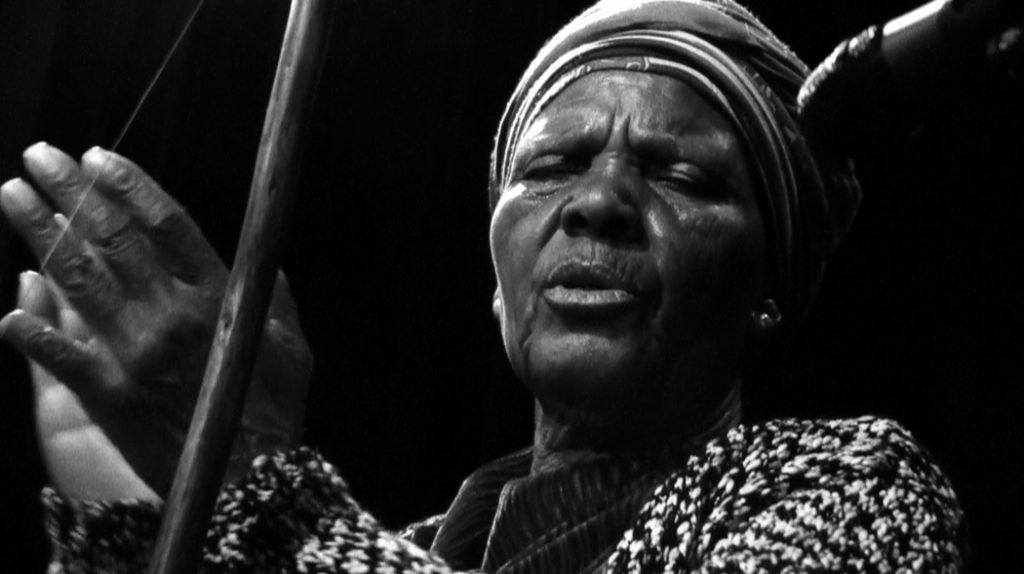
Conclusions
Traditional works are used all the time without either reference to the cultural sources and of course without any compensation.
There are several conclusions to be drawn. The first is that it is not a good idea to use unpublished works on records if they are original compositions. In my view it is risky for a composer to allow such works to be used in public.
When it comes to the artistic credits, the producers of this album have acted responsibly by acknowledging some of the compositional claims of Matotiyana.
As far as the payment of the mechanical licenses is concerned, the label can apply through CAPASSO [7]CAPASSO – The mechanical rights agency based in Johannesburg, South Africa. A successor to SARRAL. for a mechanical license and the composers of the published works will be paid. The label could separate the licenses for the tracks without publishers and seek a direct license with the composer for her interest in her unpublished compositions on the master.
The public performance licenses will only accrue on the published works. The songs might be performed all over the world and the users will have no way of compensating the composer’s interest. Even though the credit or recognition might be possible, there is no way of compensating Matotiyana for the use of her intellectual property on un-published works.
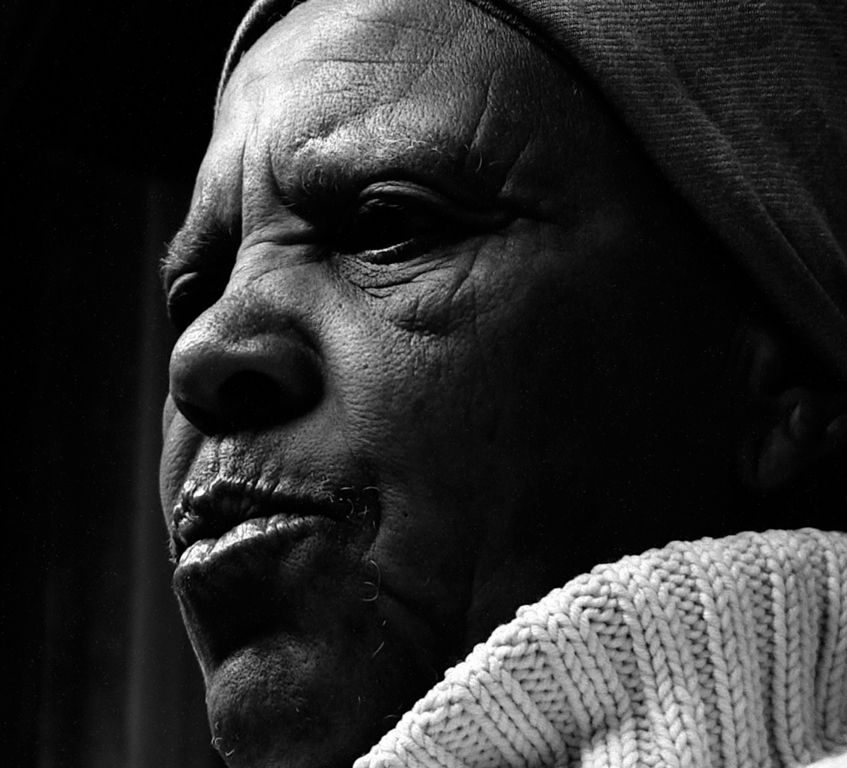
Photos by Aryan Kaganof.
| 1. | ↑ | SACEM – Societe des Auteurs, Compositeurs et Editeurs de Musique. The French copyright society. |
| 2. | ↑ | SAMRO – The South African Music Rights Organization set up in 1961 to collect performance licenses. The entity was established by statutory enactment. It converted its status in 2013. |
| 3. | ↑ | SARRAL – The South African Recording Rights Association Limited, a non-profit company collecting mechanical licenses, which was liquidated in 2009. |
| 4. | ↑ | https://www.rollingstone.com/music/music-news/the-beatles-love-me-do-hits-the-public-domain-in-europe-202736/ |
| 5. | ↑ | A Griot is usually a performer who in a cultural system is charged with keeping the history of the cultural group, usually in an oral form. |
| 6. | ↑ | https://www.vox.com/the-goods/2018/12/18/18146877/cultural-appropriation-awkwafina-bruno-mars-madonna-beyonce |
| 7. | ↑ | CAPASSO – The mechanical rights agency based in Johannesburg, South Africa. A successor to SARRAL. |